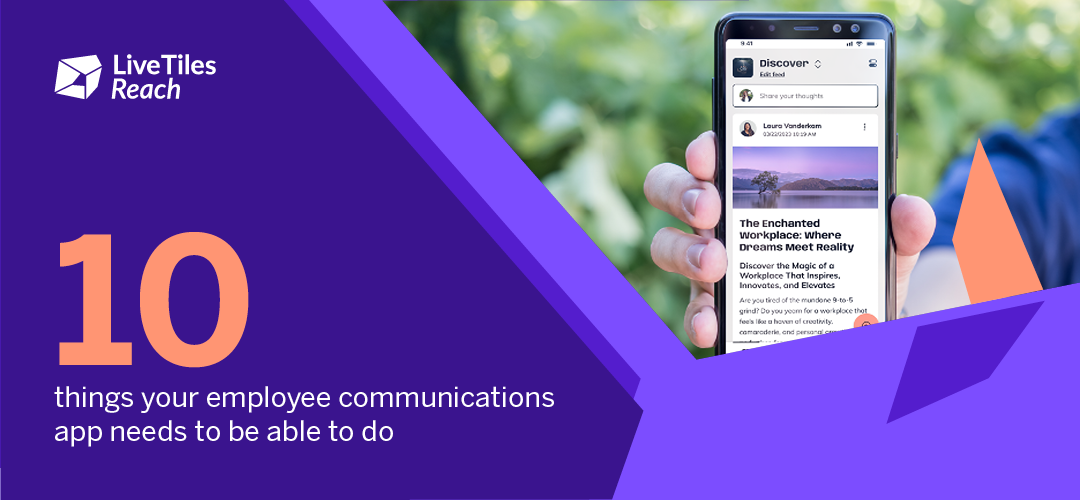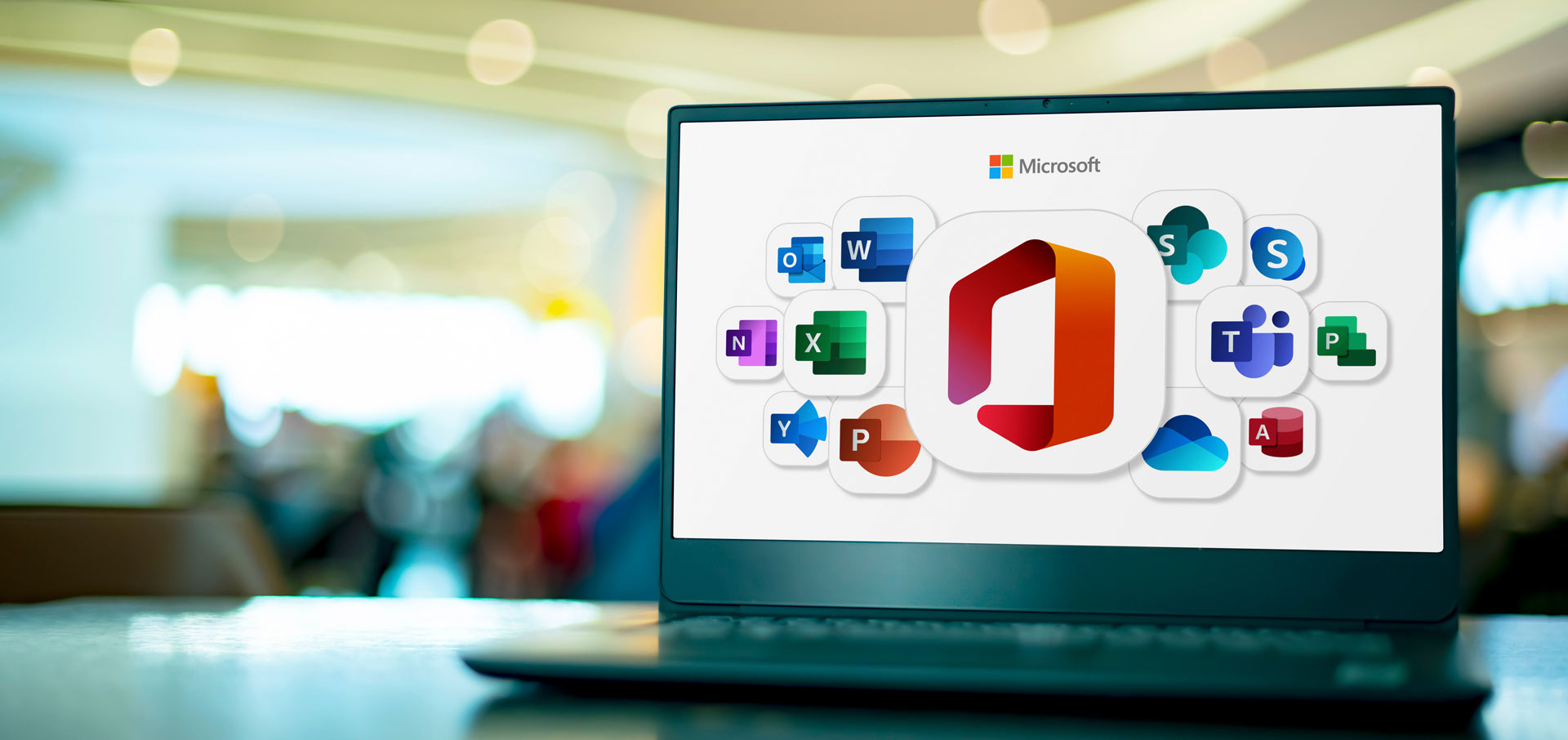According to US-based venture capital (VC) firm Emergence, there are 2.7 billion frontline workers in the world, equivalent to some 80% of the world’s workforce.
In LiveTiles, we see frontline workers as ambassadors of their respective organizations. By presenting a human face for a business or public service, they represent the organization in a way that other employees cannot.
However, research shows they are often the least engaged at work. Almost half of UK-based organizations with mostly on-site or frontline workers, for example, have reported a decline in employee engagement over the past year. It’s a modern-day paradox for business leaders everywhere. Frontliners are the first-line for organizations, yet the tendency is they often know the least about the company’s history or values.
This is a real challenge – and opportunity – for organizations.
In our latest LiveTiles Global Employee Experience Pulse Check survey, we found frontline workers, particularly those in customer-facing roles, are consistently more likely to be “stressed” or “exhausted”. McKinsey says people who report having a positive employee experience are eight times more likely to want to stay at a company. An unsatisfactory employee engagement can therefore lead to a lower retention rate, leaving organizations with higher costs, on top of a challenging recruitment process. In 2019, voluntary turnover alone cost US industries more than $630 billion.
This has been especially pronounced in the retail sector. According to April 2021 Labor Department data, 649,000 retail workers quit their jobs, faster than any other industry, and 965,000 jobs were open in the sector.
Those who stay but do not know much about the organizations they work for also tend to have low engagement rate, which can negatively impact service delivery. The Harvard Business Review pointed out how highly skilled and tenured customer-facing employees generate more sales per hour at work. More specifically, an improvement in employee experience can help workers generate a 65% increase in revenue, from $57 per person-hour worked to $87 per person-hour.
So what can be done? We turned to experts and studies to check their recommendations. Here’s what we found.
1. Equip them for success
According to Gallup, the decline in employee engagement can be traced back to the loss of the basics—giving teams the right materials and equipment, and the opportunity for workers to do what they do best.
In our latest LiveTiles Global Employee Experience Pulse Check survey for instance, we found frontline workers have the least effective workplace technology among all workers. Equipping frontliners with proper tools can help them become more efficient at work, and even make them more excited to do their jobs. These materials and equipment can be as basic as a properly managed employee lounge so they can rest properly during break times. Or something more practical, like a reliable POS system that isn’t likely to fail during peak hours of service.
2. Communicate clearly
But these basic needs cannot be addressed if communication is not simple and open among frontliners and those back at base or head office. And some of the key findings of our survey reveal these conversations are currently not happening. Frontline workers reported having the weakest sense of belonging, the least flexible approach to supporting work-life balance, and the highest levels of stress and exhaustion among all workers.
Understanding their needs, along with providing ways for employees to connect with each other (and the resources they need) in a way that is mobile-first and simple, is why employee experience platforms are now critical to the success of frontline and hybrid organizations.
At a time when schedules are varied and frontliners are distributed in different locations, giving them a chance to connect with each other in a single, accessible and secure platform is important for morale and fostering a more inclusive culture.
3. Involve frontline workers in your strategy
Communication tools can also help frontline employees contribute to and feel part of an organization’s overall strategy. As Robert Simons, a professor at Harvard Business School: “Often, the best strategies don’t come from the top of the organization. New ideas pop up from the pressure of trying to solve a problem for the customer.”
When frontliners discover new ways to positively impact company goals it helps them better understand the value of the roles they play. Tools like LiveTiles Reach used as a mobile-first, frontline app, mean that employees no longer need to use ‘shadow IT’ or personal apps and gadgets just to communicate with colleagues or access essential resources.
Having a secure and accessible communications platform can help them better connect with relevant people in the organization so their feedback can be heard. In the same vein, team leaders can easily distribute relevant information and content that may help their colleagues to work effectively.
As Deloitte states: to thrive in this new environment, organizations need to build a “sustainable and differentiated worker-employer relationship built around a core set of ideals that are important to both the frontline worker and the employer.” And this can only be better defined with easier and effective communication between the two, leading to a more authentic employee voice, brand, and a culture that is more inclusive and diverse.







